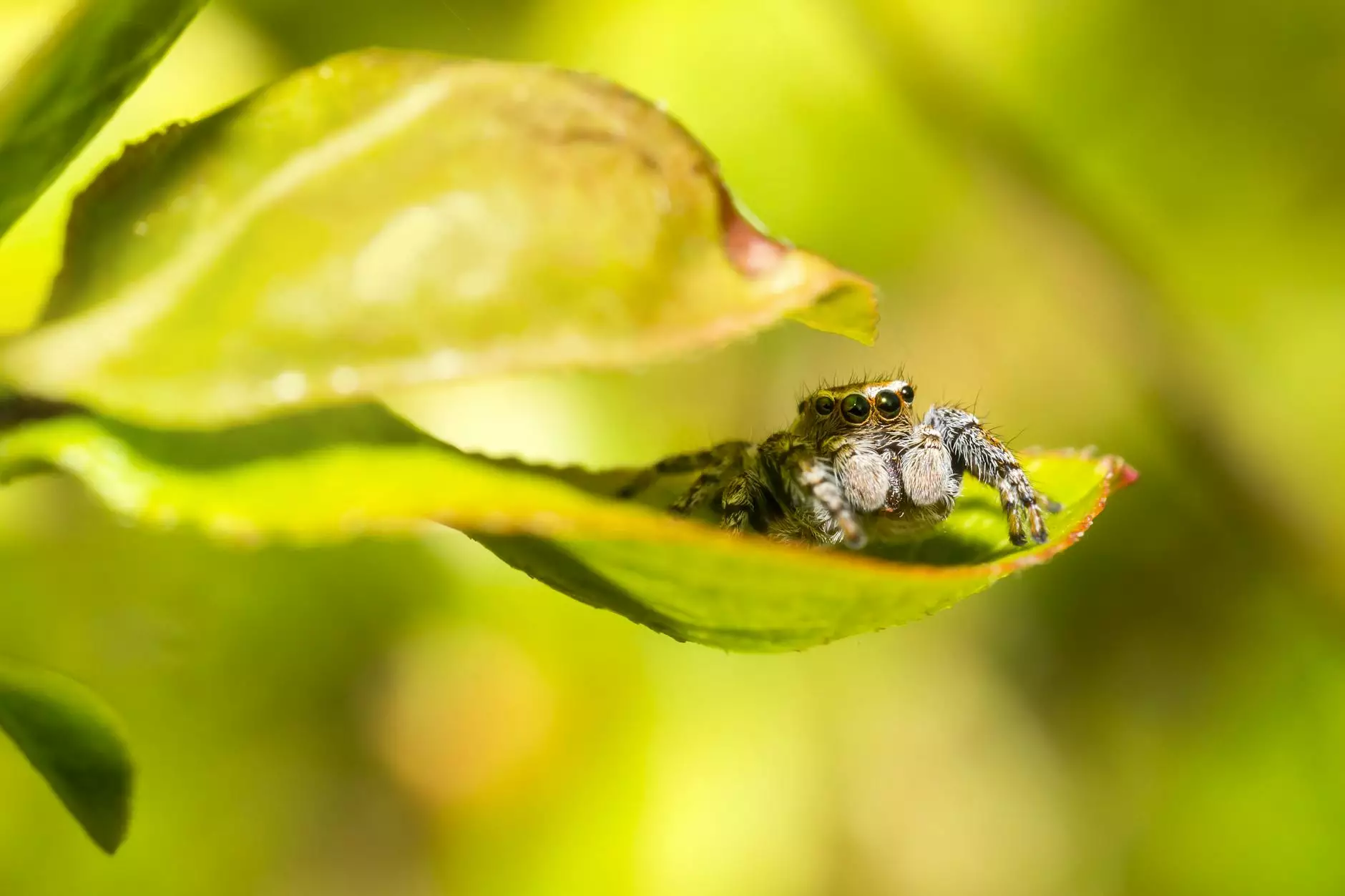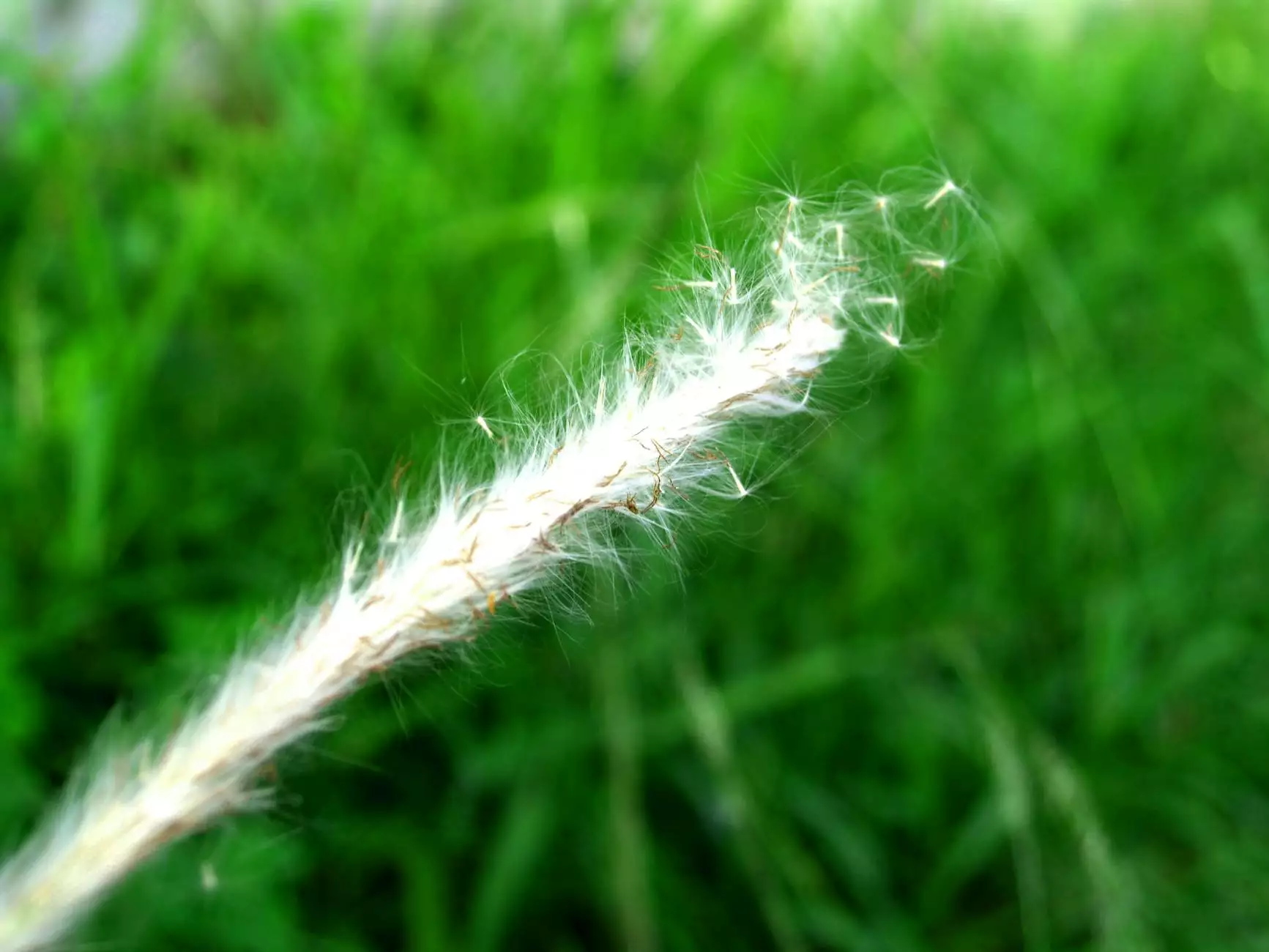Spider Mites 101 - All You Need to Know About Spider Mites

Introduction to Spider Mites
Spider mites are tiny arachnids that belong to the mite family. Despite their small size, these pests can cause significant damage to plants, making it essential to understand their behavior, prevent infestations, and effectively control them.
Identifying Spider Mites
Spider mites are difficult to detect due to their size, but understanding their appearance and behavior can help you identify them early. These pests are typically less than 1mm in size and can be white, yellow, red, or green. They are most commonly found on the undersides of leaves.
Characteristic signs of spider mite infestation include small yellow or white spots on leaves, webbing between leaves and branches, and leaf discoloration or stippling. Monitoring your plants regularly for these signs is crucial in catching infestations before they become severe.
The Lifecycle of Spider Mites
Understanding the lifecycle of spider mites is key to implementing effective control measures. Spider mites have a short lifecycle of around 3 weeks, during which they go through several stages:
- Egg Stage: The lifecycle begins when female spider mites lay eggs on plants.
- Larval Stage: After hatching, the mites emerge as larvae.
- Nymph Stage: The larvae develop into nymphs, which are the most active feeding stage.
- Adult Stage: Once matured, the nymphs transform into adult spider mites, which continue to reproduce and lay eggs.
Preventing Spider Mite Infestations
Prevention is the first line of defense against spider mite infestations. Here are some proactive measures to reduce the likelihood of an infestation:
- Maintain Healthy Plants: Healthy plants are less susceptible to spider mite attacks.
- Regular Inspection: Regularly inspect your plants for any signs of infestation.
- Monitor Humidity Levels: Spider mites thrive in dry conditions, so ensure adequate humidity for your plants.
- Trim and Prune: Remove any damaged or infested plant parts to prevent the spread of mites.
- Isolate Infested Plants: If you detect spider mites on a particular plant, isolate it to prevent the infestation from spreading to other plants.
Controlling Spider Mite Infestations
If you discover a spider mite infestation, prompt action is necessary to prevent further damage. Here are some effective strategies for controlling spider mites:
1. Natural Remedies
Using natural remedies can be a viable option for controlling spider mite populations, especially for smaller infestations. Some natural remedies include:
- Water Spray: Spraying plants with a strong jet of water can dislodge and wash away spider mites.
- Neem Oil: Neem oil is an effective organic pesticide that can be used to control spider mites.
- Insecticidal Soaps: Insecticidal soaps can help control spider mite populations by suffocating them.
2. Chemical Treatment
In severe infestations, chemical treatments may be necessary. It is important to choose the right pesticide and follow the instructions carefully to minimize any negative impact on the environment and beneficial insects. Consult a professional pest control service for expert advice on chemical treatments.
Professional Spider Mite Control Services
When dealing with large-scale infestations or when faced with particularly challenging plant situations, seeking professional spider mite control services is highly recommended. At Cutting Hedge Services, we specialize in providing comprehensive spider mite control solutions tailored to your specific needs.
Our highly skilled technicians are equipped with advanced knowledge and industry-leading techniques to effectively eliminate spider mite infestations and prevent future occurrences. We prioritize environmentally friendly approaches and ensure the health and vitality of your plants.
Conclusion
Spider mite infestations can be insidious, causing significant damage to your plants if left untreated. Knowing how to identify, prevent, and control spider mites is crucial for the well-being of your garden or landscape. By implementing proper measures and seeking professional assistance when needed, you can safeguard your plants against the destructive impact of spider mites.




